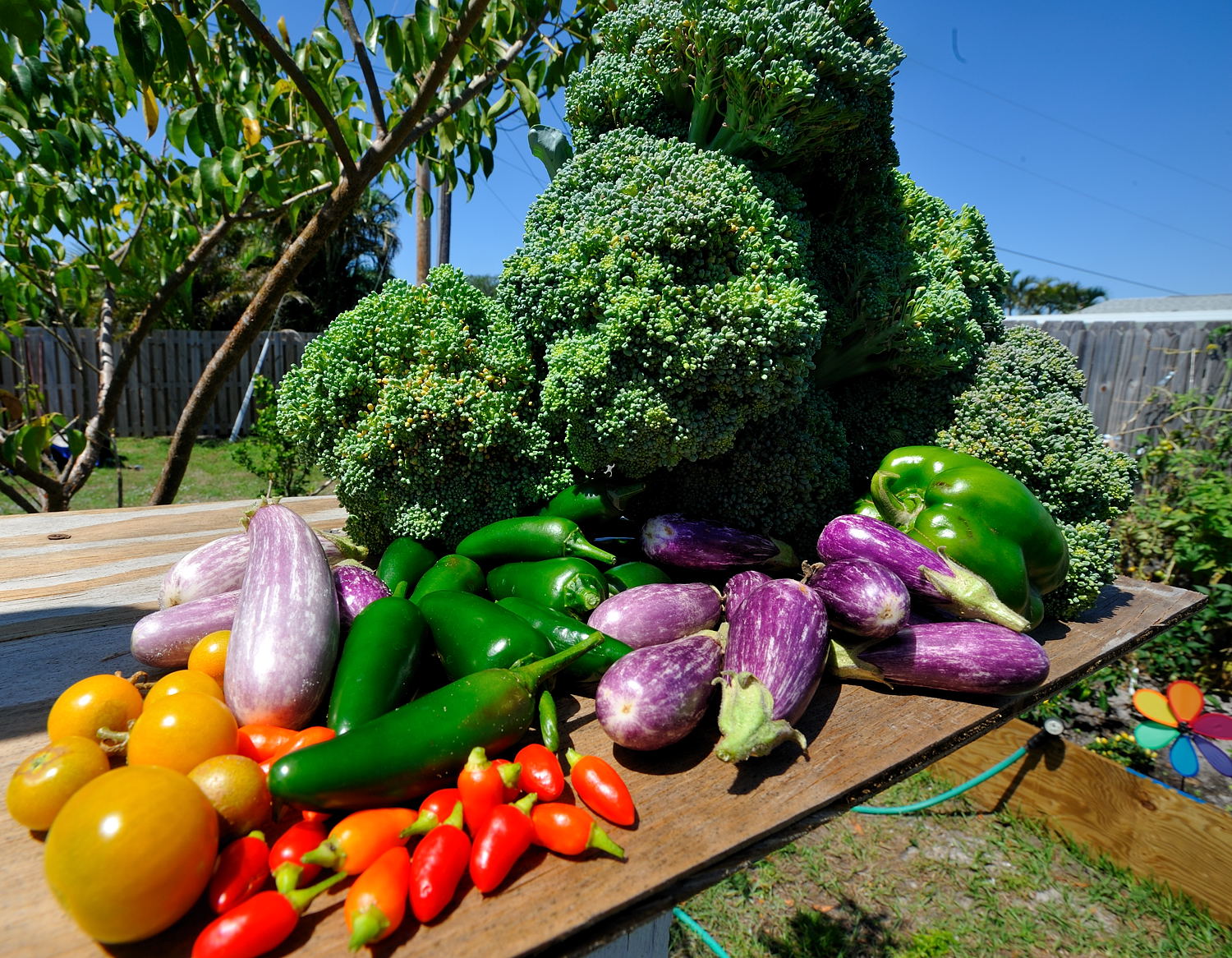How to Harvest & Store Vegetables from Your Garden

Gardening is a labor of love, and there's nothing quite as satisfying as harvesting your own fresh vegetables. But do you know the best time to pick them, and how to store them to prolong their freshness? Let's dive into the world of vegetable harvesting and storage, ensuring your hard work in the garden doesn't go to waste.
Understanding Harvest Time: The Perfect Picking Window
Harvesting your garden produce at the right time is crucial. Too early, and you miss out on peak flavor and nutrients. Too late, and you risk your vegetables becoming tough, bitter, or bolting to seed. So, how do you know when it's the perfect time?
Know Your Vegetables
Each vegetable has its own signs of ripeness. For instance, tomatoes should be fully colored and give slightly when squeezed. Peppers should be firm and vividly colored. Leafy greens like spinach and lettuce should be harvested young for the best flavor, while root vegetables like carrots and beets can be left in the ground until you're ready to use them.
Keep an Eye on the Weather
Weather plays a significant role in determining harvest time. A sudden heatwave can cause lettuce to bolt, while a cold snap can sweeten your carrots. Stay vigilant and adjust your harvesting plans accordingly.
Storage Methods: Prolonging the Life of Your Garden Produce
Once you've harvested your vegetables, the next challenge is storing them correctly to maintain their freshness and nutritional value. Different vegetables have different storage needs, but here are some general guidelines:
Cool and Dry
Vegetables like onions, garlic, and winter squash prefer cool, dry conditions. Store them in a well-ventilated area, away from direct sunlight. A basement or garage can be ideal. Just ensure they're not exposed to moisture, as this can lead to mold and rot.
Cold and Moist
Many vegetables, including carrots, beets, and cabbage, prefer cold and moist conditions. The refrigerator is perfect for these. Store them in the crisper drawer, wrapped in a damp paper towel or placed in a perforated plastic bag to maintain humidity.
Room Temperature
Some vegetables, such as tomatoes, potatoes, and sweet potatoes, should be stored at room temperature. Tomatoes continue to ripen after picking, so keep them on your counter, out of direct sunlight. Potatoes and sweet potatoes should be stored in a dark, cool place, like a pantry or closet.
/preserving-organic-vegetables-in-jars-622540984-5a94cbcaae9ab800379d2d7b.jpg)
Preservation Techniques: Enjoying Your Harvest Year-Round
Vegetable preservation is a great way to enjoy your harvest long after the growing season has ended. Here are a few methods to try:
Freezing
Freezing is one of the easiest ways to preserve vegetables. Most need to be blanched first—briefly cooked in boiling water, then shocked in ice water—to stop enzyme activity and preserve color, flavor, and nutrients.
Canning
Canning involves processing vegetables at high temperatures to kill bacteria, then sealing them in sterile jars. This method allows you to store vegetables at room temperature for up to a year.
Pickling
Pickling preserves vegetables in a brine of vinegar, water, and spices. It's a great way to add flavor and extend the life of your harvest.
Dehydrating
Dehydrating removes moisture from vegetables, concentrating their flavor and allowing them to be stored at room temperature. A food dehydrator is a worthwhile investment if you plan to do a lot of preserving.
Tips and Tricks for Successful Vegetable Harvesting and Storage
- Harvest in the Morning: Vegetables are at their peak in the morning, after cooling overnight. This is especially important for leafy greens, which wilt quickly in the heat.
- Handle with Care: Bruised or damaged vegetables spoil faster. Handle your harvest gently to prevent unnecessary damage.
- Store Separately: Some vegetables, like onions and potatoes, release gases that can cause others to spoil. Store these separately to prolong freshness.
- Use the FIFO Method: FIFO stands for "First In, First Out". It's a simple rule that ensures you use older produce first, reducing waste.

Conclusion: Savoring the Fruits (and Vegetables) of Your Labor
Harvesting and storing your garden vegetables is the culmination of months of hard work. By understanding the unique needs of each vegetable, you can ensure they reach your table at their peak of freshness and flavor. Don't be afraid to experiment with different storage methods and preservation techniques. After all, half the fun of gardening is learning and growing along the way.
So, what are you waiting for? Grab your harvest basket and get picking! Your taste buds (and your wallet) will thank you. Happy harvesting!
FAQs
How do I know when my vegetables are ready to harvest? Each vegetable has its own signs of ripeness. Research your specific crops, and keep an eye on their color, size, and firmness.
Can I store all my vegetables in the refrigerator? No, some vegetables, like tomatoes and potatoes, should be stored at room temperature. Others, like onions and garlic, prefer cool, dry conditions.
What's the best way to freeze vegetables? Most vegetables should be blanched before freezing. This involves briefly cooking them in boiling water, then shocking them in ice water to stop the cooking process.
How long can I store my home-canned vegetables? Home-canned vegetables can be stored at room temperature for up to a year. However, their quality and nutritional value will decrease over time.
What should I do if I notice mold or rot on my stored vegetables? If you notice mold or rot, discard the affected vegetables immediately. This can spread quickly and contaminate other vegetables. Always remember, "when in doubt, throw it out".
0 Response to "How to Harvest & Store Vegetables from Your Garden"
Post a Comment